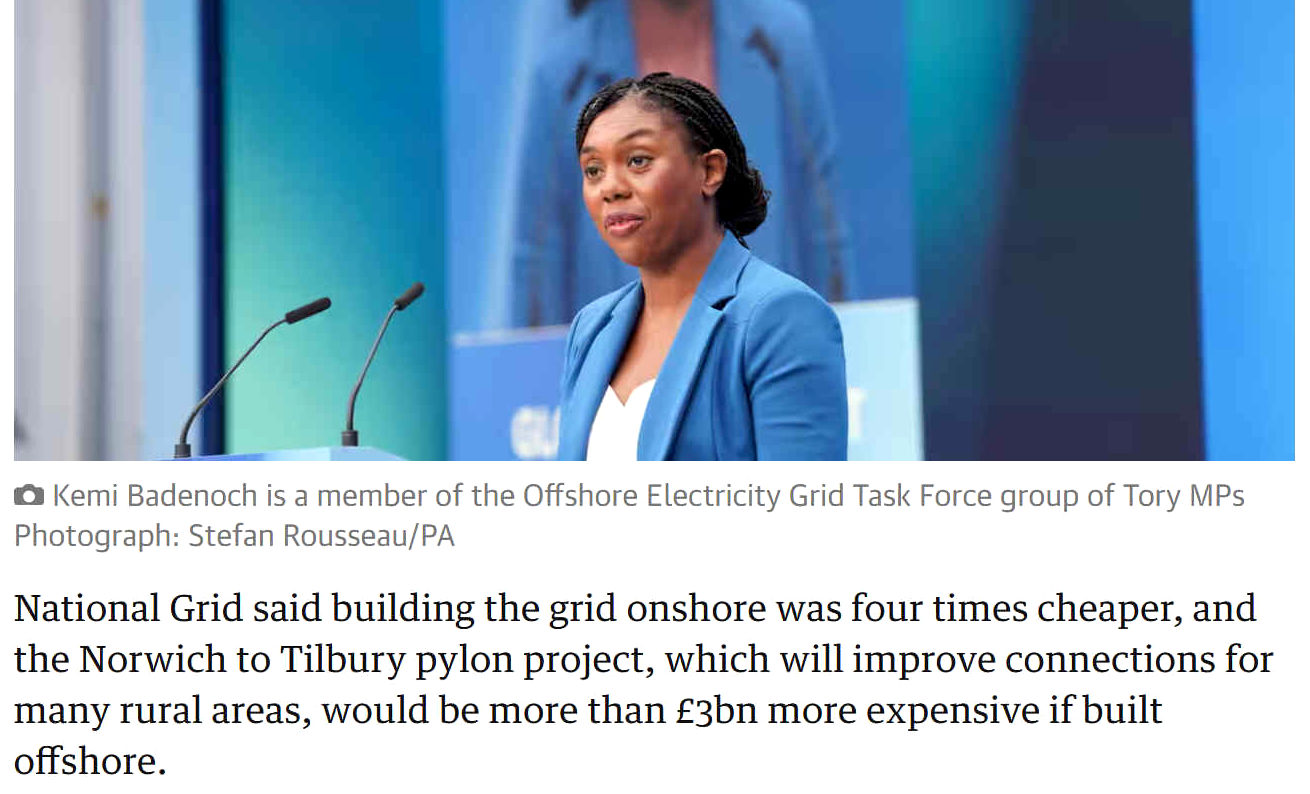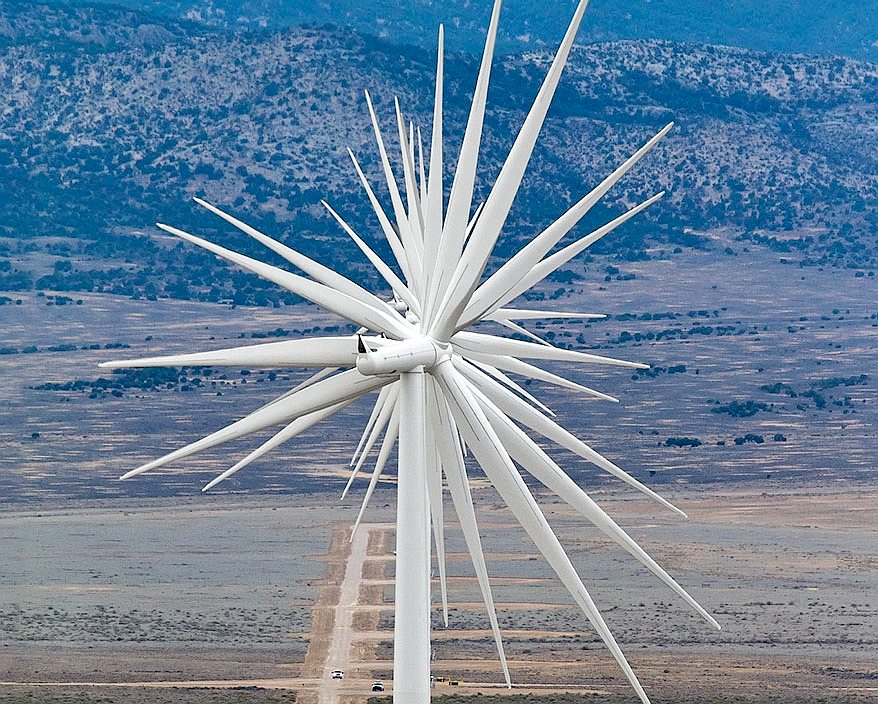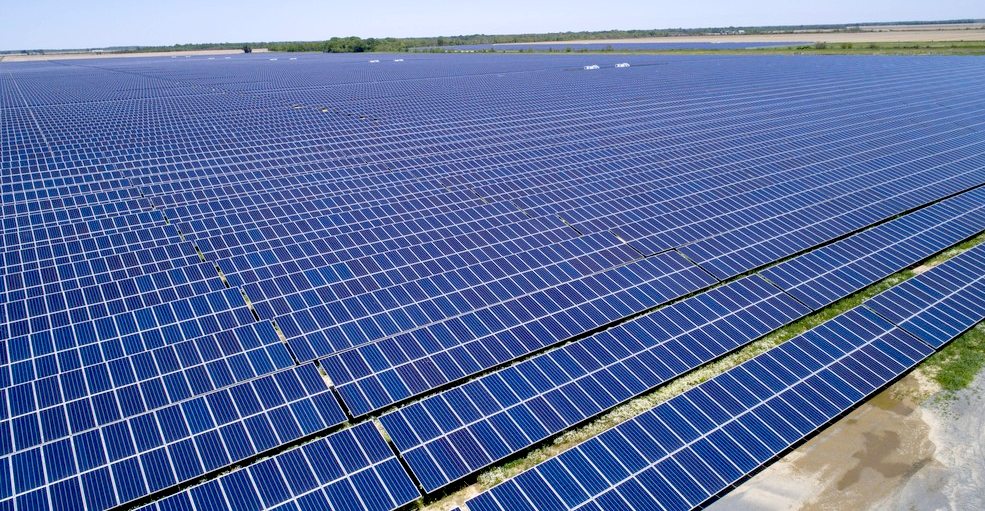|

There is an abundance
of clean, renewable, wind and solar energy that can produce green hydrogen and
electricity to charge vehicle batteries, but there is no transport
infrastructure to support rapid energy exchanges, refuel hydrogen vehicles
and load level.
ELECTRICITY
PRICES IN UNITED KINGDOM
Let’s explore the historical electricity prices in the United Kingdom from 1994 to 2024.
While we don’t have access to real-time data, we can provide information based on available historical records.
In September 2022, the
United Kingdom experienced an all-time high in electricity prices, reaching
£580.55 GBP/MWh.
As of March 2024, the price has decreased significantly to £66.05 GBP/MWh,
but the retail prices do not reflect the plunge in generating costs. Except
for recent reduction in the price cap from April 2024, that bears no
relationship to the fall in energy generation.
If
you want to learn more, write to your MP, but watch an episode of 'Yes
Minister' first to understand why you'll get little response. Other sources
of information include the Office for National Statistics (ONS) provides data on electricity
prices, where you may find historical data in their Electricity Price
dataset. The ONS also tracks percentage changes over 12 months for electricity prices using the Retail Price Index (RPI). The latest data for February 2024 shows a decrease in electricity prices compared to the previous
year. They deliberately do not provide information for previous years, to
hide the facts.
The UK government periodically releases energy trends and price statistics. The Energy Trends and Prices statistical release for January 2024 provides detailed
information. Once again, as in 'Yes Minister' the almost total lack of
transparency is a way of protecting subsequent Government from having to
answer awkward questions.
Energy prices are influenced by various factors, including supply and demand, fuel costs, infrastructure investments, government policies, and market dynamics.
The old blue tie brigade do not want to rock any boats.
CONVERSION
MWH TO KWH
Let’s convert the given prices from British Pounds (GBP) per megawatt-hour
(MWh) to Euros (EUR) per kilowatt-hour (kWh):
£580.55 GBP/MWh:
Convert to Euros: £580.55 × 1.17309 (exchange rate) = €679.15 EUR/MWh
Divide by 1000 to get the price per kWh: €679.15 / 1000 = €0.67915 EUR/kWh
£66.05 GBP/MWh:
Convert to Euros: £66.05 × 1.17309 (exchange rate) = €77.25 EUR/MWh
Divide by 1000 to get the price per kWh: €77.25 / 1000 = €0.07725 EUR/kWh
Therefore, the converted prices are approximately:
£580.55 GBP/MWh = €0.67915 EUR/kWh
£66.05 GBP/MWh = €0.07725 EUR/kWh
You may have noticed the disparity between the current UK supply rates, .25 to .26 pence per kWh, compared with the purchase price .07725. There is a whopping
.18275 pence price differential per kWh - generating massive share dividends,
as it appears. We wonder how much the Grid (power Networks UK) charge for using their infrastructure? When there is already a gigantic standing charge of some .45 - .54 pence per day. Presumably, the
payment for renting the Grid power-lines and substation distribution
network?
Please note that exchange rates can fluctuate, so it’s essential to check real-time rates for precise conversions.
Anyway you look at it, in the EU consumers are being ripped off, to benefit
rich shareholding investors. Maybe, it's time for change? To allow the
people, to take back control of their energy prices. We cannot help but make
a reference to Financial Slavery at this point. Because, high food and
energy prices lead to food poverty and energy poverty. Kicking in other UN
SDGs: 1,
2,
3
and 10,
11,
12.
OCTOBER 8, 2023
Rachel Reeves MP, Shadow Chancellor of the Exchequer, said:
“Talk to any business and they will tell you that the queue for grid
connections is growing out of control, with more than £200bn worth of privately-funded projects now stuck. This will help cut family energy bills, allow businesses to invest and strengthen our energy security from
foreign
dictators.”
Ed Miliband MP, Shadow Energy Security and Net Zero Secretary, said:
“Labour’s energy policy will take back control of our energy system to deliver clean power and energy independence for Britain.
“With GB Energy, our publicly owned energy company, we will deliver the grid we need to slash bills for every family and business."
OFGEM
ENERGY PRICE CAP MARCH 2024
The energy price cap is the maximum amount energy suppliers can charge you for each unit of energy you use. It’s updated every three months by energy regulator Ofgem, to make sure that prices reflect changes in underlying energy costs as well as inflation.
On account of falling wholesale energy prices, the price cap has fallen by 12%, to £1,690, for April to June 2024. This is a £238 reduction from the level it was from January to March 2024.
But this is the average a ‘typical’ household will pay. Ofgem estimates a typical or ‘medium-use household’ as those living in a 2-3 bedroom house with 2 or 3 people. The amount you pay will depend on how much energy you use, and where you live, as well as how you pay your energy bills.
This government’s Energy Bills Support Scheme – which gave all households a discount of £400 on their energy bills from late 2022 to early 2023 – has now ended.
One of the schemes that offers help during the winter months is the Warm Home Discount Scheme. Under previous schemes, if you get benefits, or if you or your partner get the Guarantee Credit element of Pension Credit, you could get a discount of £150 off electricity bill in winter, or £150 added to your prepayment meter. Or you could also get a discount on your gas bill instead if your supplier provides both gas and electricity.
The amount you’ll pay depends on your supplier, what tariff you’re on, and where you live. From January to March 2024, the average daily standing charge for electricity was around 53p a day, and 30p a day for gas. That worked out at just over £300 a year on average. From April to June 2024, this has risen to 60p a day for electricity, and 31p a day for gas.
The
above is worked out on the at present Thatcherite monopoly situation, that
we hope may change. Being a free country, with democratically elected
politicians, some of which may represent the wishes of the ordinary person,
over the billionaire taskmasters.
AFRICAN
ELECTRICITY PRICES
AUSTRALASIAN
ELECTRICITY PRICES
CANADIAN
ELECTRICITY PRICES
CHINESE ELECTRICITY PRICES
EUROPEAN
ELECTRICITY PRICES
MIDDLE
EASTERN ELECTRICITY PRICES
NORTH
AMERICAN ELECTRICITY PRICES
(USA)
RUSSIAN
ELECTRICITY
PRICES
SOUTH
AMERICAN ELECTRICITY
PRICES
SOUTH
ASIAN ELECTRICITY PRICES
UKRAINIAN
ELECTRICITY PRICES
ELECTRICITY
PRICES UNITED KINGDOM
As
you may imagine, if you are running a business that uses lots of energy.
Location is an important factor in remaining competitive. Industry could be
based near the Sahara desert, where massive solar installations make sense.
And yet, there is little by way of industrial activity. Africa, is thus a
blossoming energy market. Recognised in both the EGYPES
and ADIPEC
energy shows. With many other events concentrating on renewables like green hydrogen
and electrolyzers.
Let’s create a performance league table for electricity prices, ranking countries from the cheapest to the most expensive based on the information
available on the web. Remember that these rankings are subject to change over time, but as of the data available, here’s a top ten list:
Sudan: USD 0.006 per kWh (household price)
Kyrgyzstan: USD 0.049 per kWh (household price)
Bulgaria: USD 0.078 per kWh (average household price)
Hungary: USD 0.078 per kWh (average household price)
Malta: USD 0.078 per kWh (average household price)
Kazakhstan: USD 0.079 per kWh (household price)
Uzbekistan: USD 0.080 per kWh (household price)
Tajikistan: USD 0.081 per kWh (household price)
Turkmenistan: USD 0.082 per kWh (household price)
Moldova: USD 0.083 per kWh (household price)
Please note that these rankings are based on the data searched earlier and may not reflect the current situation. Factors such as subsidies, energy mix, and economic conditions contribute to these prices. We’ll explore the means of electricity generation in more depth later.
Let’s explore the electricity prices in Sudan and Kyrgyzstan, along with their potential connections to sustainability and the United Nations Sustainable Development Goal 7 (SDG 7).
ELECTRICITY PRICES IN SUDAN
As of June 2023, the price of electricity in Sudan is remarkably low. Here are the details:
Household Price: SDG 5.000 per kilowatt-hour (kWh) or approximately USD 0.006 per kWh.
Business Price: SDG 26.000 per kWh or approximately USD 0.029 per kWh.
These prices include all components of the electricity bill, such as the cost of power, distribution, and taxes. For comparison, the average global electricity price during that period was around USD 0.154 per kWh for households and USD 0.151 per kWh for
businesses.
ELECTRICITY PRICES IN KYRGYSTAN
In Kyrgyzstan, the electricity prices are also notably low. As of June 2023:
Household Price: KZT 22.070 per kWh or approximately USD 0.049 per kWh.
Business Price: KZT 28.850 per kWh or approximately USD 0.064 per kWh.
Again, these prices include all components of the electricity bill. Kyrgyzstan’s low electricity prices contribute to its energy affordability for both households and businesses. However, it’s essential to understand the context behind these prices.
POSSIBLE REASONS FOR LOW PRICES
Energy Mix: Both Sudan and Kyrgyzstan have diverse energy sources, including hydropower and other renewables. Hydropower, being a renewable resource, often leads to lower electricity
costs, begging the question why is electricity priced higher in Canada.
Subsidies: Governments in these countries may provide subsidies to keep electricity prices affordable for citizens. These subsidies can help mitigate the cost of power generation.
Economic Factors: Economic conditions, currency exchange rates, and overall development levels influence energy prices. Lower costs of production and distribution can contribute to lower prices.
Historical Context: Historical energy policies and infrastructure investments play a role. For example, Kyrgyzstan has a long-standing tradition of hydropower development.
Connection to SDG 7:
SDG 7 aims to ensure access to affordable, reliable, sustainable, and modern energy for all. Both Sudan and Kyrgyzstan’s low electricity prices align with this goal. By providing affordable energy, they contribute to economic development, poverty reduction, and improved living standards. However, it’s essential to balance affordability with environmental sustainability and climate change mitigation.
Efforts to achieve SDG 7 involve enhancing energy efficiency, promoting renewable energy sources, and fostering international cooperation. Both countries can continue working toward sustainable energy systems while ensuring affordability for their
citizens.

BASIC
HUMAN RIGHTS
Electricity
should be cheaply available to all, as a basic human
right. As per Sustainability
Development Goal 7. It is the duty of every government to strive to
achieve affordable clean energy for their administrative geographical region. Profits should not
come into the frame, where it introduces energy poverty, or financial
slavery. Privatization of existing grids can lead to a focus on shareholder profits over
grid modernization and expansion, making electricity less affordable for low-income populations. This is particularly detrimental in developing nations where access to reliable energy is crucial for basic needs and development.
PROFITEERING
& MORALS
You
may be asking why people should profit from energy and is that legal?
Mostly, energy companies have shareholders who derive an income based on
share dividends. Sometimes those energy companies would rather they grab a
nice profit for themselves, rather than invest in renewables and
infrastructure (storage), to make electricity cheaper for their customers.
If this is happening in your region, it is because politicians are allowing
it to continue. Whereas, policy changes, as statutory requirements - making
it law, could force suppliers to invest first, with dividends later.
Provided that a good level of investment has been made. Otherwise,
suppliers, and of course the infrastructure network (in the UK Power
Networks) should lose their franchise.
THE
CASE FOR NATIONALIZATION
The
alternative is nationalization, where there are no dividends or shareholders
to leach off a captive market. Then, the matter of procurement fraud may
rise to the surface as something to keep an eye open for. As in tender bids
and transparent tendering. A State operated Grid, Power Storage, and State
operated Power Stations, Solar
and Wind
Farms, would seem to be the only way that SDG7 might be complied with.


[1]
https://apnews.com/article/electricity-africa-just-energy-transition-d20d1ba86e90c3b9c81f0fc76979acfc
[2] https://www.iea.org/reports/africa-energy-outlook-2022/key-findings
[3] https://www.esi-africa.com/industry-sectors/generation/the-african-single-electricity-market-supply-and-demand-profile/
[4] https://www.statista.com/topics/9143/renewable-energy-in-africa/
[5] https://www.mckinsey.com/industries/electric-power-and-natural-gas/our-insights/powering-africa
[6] https://www.nature.com/articles/s43017-023-00501-1
[7] https://sdgs.un.org/goals
[8] https://www.statista.com/statistics/1275969/main-sources-of-electricity-generation-in-africa/
[9] https://en.wikipedia.org/wiki/Sustainable_Development_Goal_7
[10] https://unstats.un.org/sdgs/report/2016/goal-07/
[11] https://www.un.org/sustainabledevelopment/energy/ https://earth-planet.org/ https://earth-planet.org/ [1]
https://apnews.com/article/electricity-africa-just-energy-transition-d20d1ba86e90c3b9c81f0fc76979acfc
[2] https://www.iea.org/reports/africa-energy-outlook-2022/key-findings
[3] https://www.esi-africa.com/industry-sectors/generation/the-african-single-electricity-market-supply-and-demand-profile/
[4] https://www.statista.com/topics/9143/renewable-energy-in-africa/
[5] https://www.mckinsey.com/industries/electric-power-and-natural-gas/our-insights/powering-africa
[6] https://www.nature.com/articles/s43017-023-00501-1
[7] https://sdgs.un.org/goals
[8] https://www.statista.com/statistics/1275969/main-sources-of-electricity-generation-in-africa/
[9] https://en.wikipedia.org/wiki/Sustainable_Development_Goal_7
[10] https://unstats.un.org/sdgs/report/2016/goal-07/
[11] https://www.un.org/sustainabledevelopment/energy/
Please
use our A-Z
INDEX to navigate this site
This
website is provided on a free basis to
promote zero emission transport from renewable energy in Europe and Internationally.
Copyright ©
Universal Smart Batteries and Climate Change Trust 2024. Solar
Studios, BN271RF, United Kingdom.
| 


